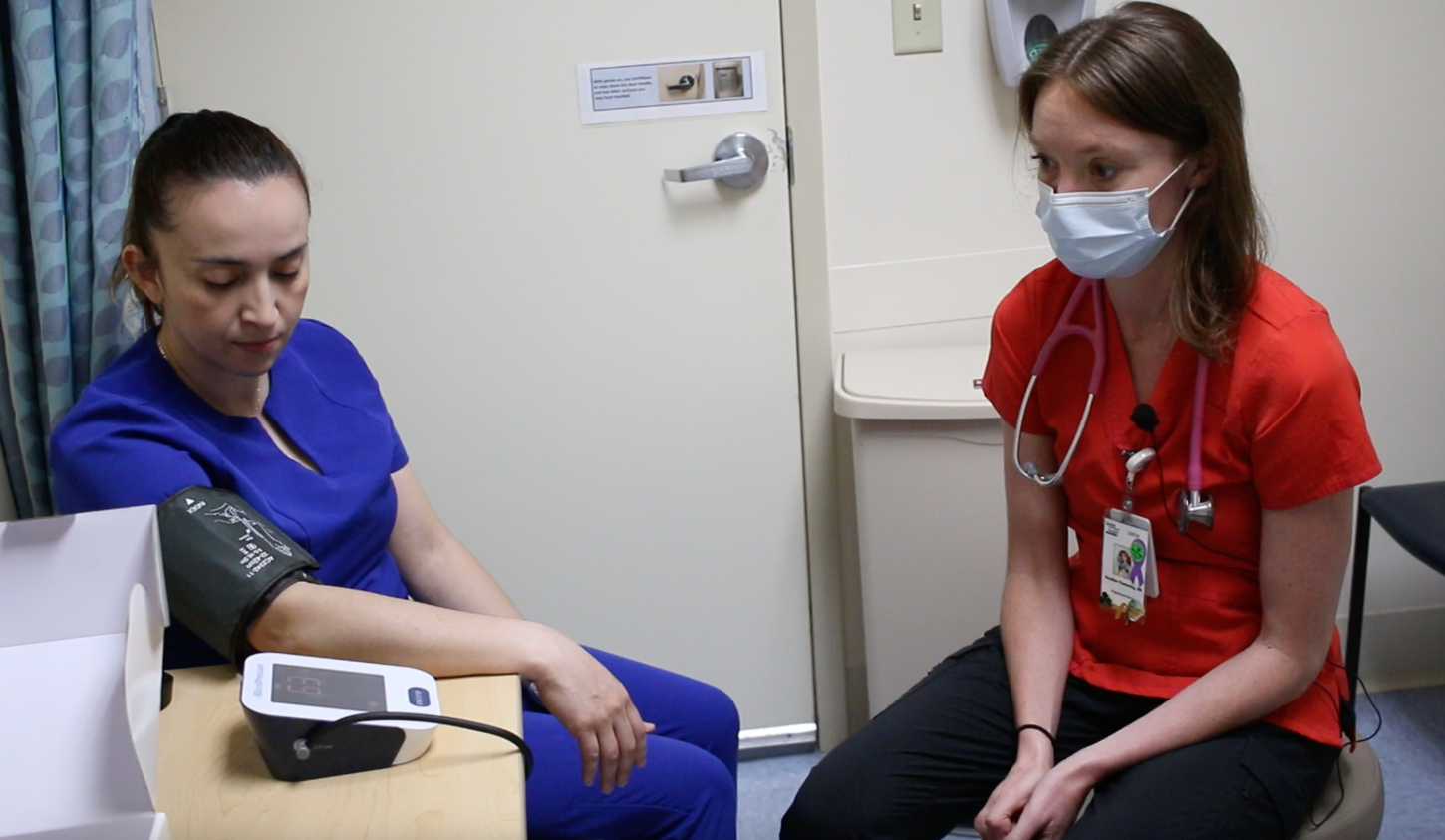
 press-releases
press-releases 
One in 11 Americans rely on community health centers for routine medical care and social services. The clinics serve as a critical safety net in every state and U.S. territory for low-income people of all ages, as nine in 10 health-center patients live at or below 200% of the federal poverty line, according to the U.S. Health Resources and Services Administration. But it’s a safety net under stress.
Since 2012, community health centers have seen a 45% increase in the number of people seeking care — and they’ve opened more and more service sites to expand their footprint to more than 15,000 locations.
Many centers are short-staffed and struggling to compete for doctors, mental health professionals, nurses, and dentists. Leaders also told The Associated Press that funding is an ever-present concern.
Despite that, the centers are trying to improve their communities’ health and access to primary care in the face of inequities that start well before a patient steps into an exam room.
Lynn Community Health Center CEO Brenda Rodriguez told The Daily Item that LCHC serves more than 40,000 patients from the community and more than 36% of Lynn’s population.
LCHC doesn’t just provide primary care to its patients, but it also provides case management and community-support programs and often walks patients through the process of receiving the care they need.
“When a patient comes to us, we actually are looking to follow their care through the entire system,” Rodriguez said.
If the health center knows a patient has to see a cardiologist or an oncologist, for example, Rodriguez said LCHC will advocate for them and navigate them throughout the system.
Rodriguez described the funding as a persistent issue that LCHC faces. The health center cannot bill for much of what it does, and as a result, it has to regularly chase after grants, which Rodriguez said rarely cover the full costs of the services they fund.
Unlike other industries and companies, Rodriguez said, health centers are not able to define the true cost of the care they provide and how much they should be paid for the services they provide.
“What happens to community health centers is we’re told, ‘This is what you’re going to get,’” Rodriguez said.
She added that the value community health centers save for the health-care system is not fully valued and that they are not usually seen as competitive entities that can offer high-quality services.
As a result, they do not see the kinds of investments that could improve the center’s services. Rodriguez said it is not ideal, as some of the facilities LCHC uses are old.
Scheduling appointments is one area where additional funding could help LCHC. Rodriguez said that if the center had access to hundreds of thousands of dollars to create an automated appointment-scheduling system, it would help prevent patients from getting stuck on hold and deciding not to seek care.
“Because of our limited resources, the patients have to access us in whatever way they can, which is a very limited way. They have to call us, or they have to physically show up,” she said.
Any money Lynn Community Health Center can access is used for immediate needs and is not saved for rainy days.
Historically, Rodriguez said, many patients at LCHC speak or prefer languages other than English, and the health center has recently seen an uptick in patients who use other languages.
Rodriguez said it is important because other areas of the health-care system will not provide medical interpreters. LCHC tries to maintain a very diverse workforce, but Rodriguez said it is a persistent challenge for the center’s recruiting.
“What we end up doing when we can’t fulfill that service internally, we pay for external vendors to do that at a cost that can be very exorbitant,” Rodriguez said.
The center does not pass those costs on to its patients, Rodriguez said, forcing it to find other ways to cover them.
The center is also seeing more patients with high needs. Its providers have been delivering more babies at the hospital, and there have been more patients who are immigrants with significant needs.
Rodriguez gave an example of a patient coming to LCHC’s urgent care with what was initially thought to be a cold.
“As we are treating them, we realize they have a very, very serious chronic or critical condition,” she said.
This requires more coordination with LCHC’s internal services or outside the health center.
LCHC is also seeing many patients who are still catching up with their screenings after the COVID-19 pandemic.
“The combination of that has required us to coordinate services more intensely and to address issues with much more intensity than what we have ever done in the past,” Rodriguez said.
Material from The Associated Press was used in this report.
24World Media does not take any responsibility of the information you see on this page. The content this page contains is from independent third-party content provider. If you have any concerns regarding the content, please free to write us here: contact@24worldmedia.com